- News
- Reviews
- Bikes
- Accessories
- Accessories - misc
- Computer mounts
- Bags
- Bar ends
- Bike bags & cases
- Bottle cages
- Bottles
- Cameras
- Car racks
- Child seats
- Computers
- Glasses
- GPS units
- Helmets
- Lights - front
- Lights - rear
- Lights - sets
- Locks
- Mirrors
- Mudguards
- Racks
- Pumps & CO2 inflators
- Puncture kits
- Reflectives
- Smart watches
- Stands and racks
- Trailers
- Clothing
- Components
- Bar tape & grips
- Bottom brackets
- Brake & gear cables
- Brake & STI levers
- Brake pads & spares
- Brakes
- Cassettes & freewheels
- Chains
- Chainsets & chainrings
- Derailleurs - front
- Derailleurs - rear
- Forks
- Gear levers & shifters
- Groupsets
- Handlebars & extensions
- Headsets
- Hubs
- Inner tubes
- Pedals
- Quick releases & skewers
- Saddles
- Seatposts
- Stems
- Wheels
- Tyres
- Health, fitness and nutrition
- Tools and workshop
- Miscellaneous
- Tubeless valves
- Buyers Guides
- Features
- Forum
- Recommends
- Podcast
feature
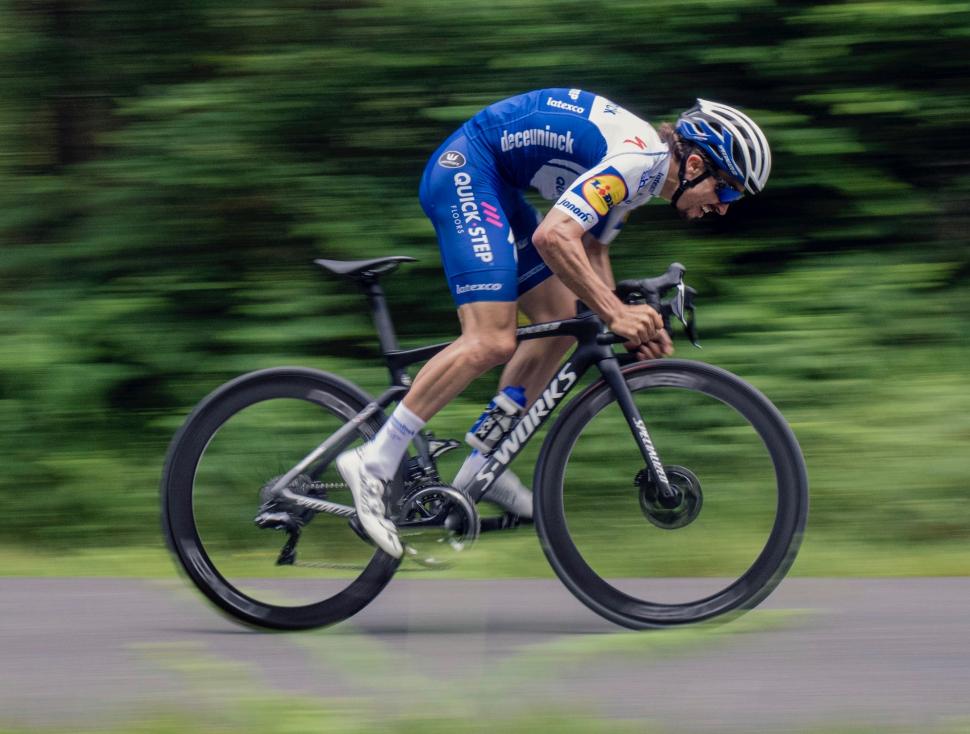 2021 Specialized Tarmac SL7 action - 1
2021 Specialized Tarmac SL7 action - 1World Tour bikes: the new models we'll see in action for the first time
Top-level UCI World Tour racing resumes with Italy's Strade Bianche on Saturday, 1st August, and here are some of the new bikes you can expect to see.
Most of the big bike brands release a new race model every year. They might unveil an updated lightweight model one year, a new aero design the following year, and a revamped endurance bike in the third year. By that point it's time to update the lightweight model again... and so on.
Pro teams tend to get new models from early in the season up to about the time of the Tour de France (which usually begins in early July) in order to maximise exposure.
Things have been hugely different this year with World Tour racing having been suspended in March. Some brands have postponed planned launches while others have unveiled their new bikes during the season's interruption.
The Strade Bianche will be the first opportunity to see some of these new bikes raced – although, with gravel roads a huge factor in Strade Bianche, it'll be interesting to see which bikes and equipment the teams decide to use.
Trek Émonda SLR
Trek unveiled its new Émonda SLR (and Émonda SL) in June, the big news being that the designers added aerodynamic efficiency to this lightweight bike for the first time. The US brand claims the Émonda SLR is its fastest climbing bike ever, and the Trek-Segafredo team says that its racers will use this platform most of the time.
Trek engineers spent a lot of time working on the front end of the bike – the bar/stem, head tube and down tube – because that's where you can make most gains. The brand claims that the new Émonda SLR is 60 seconds per hour faster than its predecessor on flat roads, and 18 seconds per hour faster on an 8% gradient.
The Émonda SLR frame, made with a new material that Trek calls OCLV 800, has a claimed weight of 698g. It's a disc brake-only design and features a new Bontrager Aeolus RSL VR-C handlebar/stem which has been designed alongside the frame to be both aerodynamically efficient and lightweight.
Expect to see Trek-Segafredo using Bontrager's new Aeolus RSL 37 wheels.
"Made from Bontrager's best OCLV Carbon, these ultra-light 37mm wheels have an all-new rim shape that’s faster than deeper wheels and lighter than shallower wheels, all while maintaining stability," says Trek.
Get more details on the 2021 Trek Émonda SLR and read our review of the Trek Émonda SL 6 Pro.
Giant TCR Advanced
CCC Team use bikes from Giant, a brand that launched the new version of its TCR Advanced back in April.
Giant says that its new 2021 TCR bikes are lighter, stiffer and more aerodynamically efficient than ever before, with the top-level Advanced SL offering the highest stiffness-to-weight ratio in its class.
The 2021 TCR Advanced SL Disc has a claimed frame weight of 765g, with the fork 330g. Giant says that the increased stiffness is partly down to an upgrade in materials. Whereas 30% of the carbon-fibre used is Toray T800, as before, the remaining 70% is a new higher modulus filament that's stiffer and lighter. Giant produces everything in-house, right down to the carbon-fibre used.
Giant hasn't incorporated aerodynamic features on its TCR before, but says that this time around every tube shape was analysed, engineered and tested to create an overall structure with significantly lower drag than previously. The result is said to be that theTCR is faster than ever, especially in sprints and solo efforts.
Although most other brands are opting for fully internal cabling on their top-end race bikes, Giant has kept them external between the handlebar and the down tube and fork leg, the idea being to keep adjustments as simple as possible.
Get more details on the 2021 Giant TCR Advanced and read our review of the Giant TCR Advanced SL 0 Disc.
Specialized S-Works Tarmac SL7
Bora-Hansgrohe and Deceuninck–Quick-Step each use bikes from Specialized. Although it was seen far and wide beforehand, Specialized officially unveiled its new Tarmac SL7 earlier this week.
Specialized says that the S-Works version is almost as aerodynamically efficient as its current Venge aero road bike while being at the UCI's minimum weight limit for racing. The US brand will be offering the Venge only as a frameset in 2021 – not as a complete bike – so we'd be surprised if either of its two World Tour teams continue to use that platform.
Essentially, Specialized has taken its lightweight Tarmac bike and made it more aerodynamically efficient.
"By targeting the tubes that truly impact the aero performance of the frame – whether it's the seat tube, the seatstays, the head tube or the fork blades – all with shapes from our FreeFoil Shape Library [the collection of airfoil shapes that Specialized has developed], and then mating them with the fastest components that we have at our disposal and integrating the cabling, we created a package that is 45secs faster over 40km than the Tarmac SL6," said Cam Piper, the product manager behind the Specialized Tarmac SL7.
The components he's talking bout are the SL7's Aerofly II handlebar – borrowed from the Venge – a new Tarmac stem, and Roval Rapide wheels.
Expect to see Both Bora-Hansgrohe and Deceuninck–Quick-Step using the new Roval Rapide CLX wheels – 51mm deep with a 35mm external width at the front, 60mm deep with a 30mm external width at the rear.
Get all the tech details on Specialized's S-Works Tarmac SL7 and check out our First Ride Review.
Merida Reacto
Bahrain-McLaren riders will be riding the updated version of Merida's Reacto aero road bike, launched only yesterday.
The fourth-generation Reacto has a fully integrated front end (the cables are internal) which is said to save the equivalent (in terms of aero efficiency) of two watts. Merida claims that a new fork, with a crown that is tucked further than previously into the junction of the head tube and down tube, also saves you the equivalent of two watts.
The seatstays have also been lowered for further drag reduction, the disc brake coolers have been made more streamlined, and there's now enough clearance for 30mm tyres.
The new Merida Reacto is a disc brake-only platform – there's no rim brake option.
Get the the technical details of Merida's 2021 Reacto and read our 2021 Merida Reacto Disc Team-E First Ride Review.
BMC Teammachine SLR
NTT Pro Cycling uses bikes from BMC, the Swiss brand having launched a new version of its Teammachine SLR a couple of weeks ago.
BMC says that the new Team Machine SLR balances weight, stiffness, compliance and now aerodynamics.
"Re-engineered tube shapes and functional integration are key design pillars of the newly introduced factor to the ACE (Accelerated Composite Evolution Technology) equation," says BMC.
"Aerodynamics has integrated every component into the design for a high-performance package. The latest developments of the revolutionary ICS cockpits and D-shape seatpost, combined with newly designed down tube and fork, fulfil BMC’s unfailing motivation to create the ultimate all-round race weapon.
"The new down tube features a greater overall surface area with reduced edges, to reduce drag while maintaining stiffness.
"A crucial element to the aerodynamic performance, the fork has been totally reshaped, based on the outcome of the ACE+ software and the learnings of the Timemachine Road. The blades are now flatter and truncated at the back and a stealth dropout design with an integrated thru-axle nut shows that high technical proficiency can go hand in hand with beautiful and minimalistic design."
Cervélo Caledonia-5
Team Sunweb riders are likely to be aboard the new Cervelo Caledonia-5 in races that feature cobbles and other rough roads – so Paris-Roubaix, for example, and perhaps Strade Bianche.
"[We have] applied knowledge gained from [our] extensive library of tube shapes to create a race bike that excels on variable road surfaces, striking a balance between durability, light weight and aerodynamics," says Cervélo.
"Stiffness has been tuned to match that of [our] Aspero [gravel bike], while tube shapes have been placed in a layout that achieves the desired compliance to counter the frame deflection experienced by this rider.
"Geometry has been designed to slow down the handling informed by a specific use case, Paris-Roubaix, making the rider more comfortable, more confident and faster.
The Caledonia-5 and the more accessible Caledonia have clearance for tyres up to 700 x 34mm.
The seat tube angle is about the same as on Cervélo's R-Series road bikes, but the head tube angle is 1° slacker and the fork offset is larger. The chainstays are also a little longer, increasing the wheelbase. The idea is to add more stability.
Find out all about the Cervélo Caledonia and Caledonia-5 here.
Other brands
All of the bikes mentioned above will certainly feature in World Tour races over the coming weeks, and there's a possibility that we'll see new/updated models from other brands too.
Canyon's updated Aeroad aero road bike has yet to be officially launched, for example, although it was added to the UCI's list of approved frames last September.
Alpecin-Fenix's Mathieu Van Der Poel was spotted riding a new Aeroad last year, although he was riding the old/existing model during the team's Strade Bianche recon ride.
Other big brands have yet to reveal major new road race bikes this year. We've not seen anything from Cannondale, Bianchi or Scott, for example, nor from Pinarello, Colnago or Ridley.
Perhaps some of these brands will unveil updated models over the coming weeks, or maybe any planned releases will be shelved until next year.
Most WorldTeams use Shimano Dura-Ace Di2 groupsets. We're expecting a new generation of Dura-Ace to be launched next year, although there's always the chance that one of Shimano's sponsored teams will be using it before the end of 2020.
Mat has been in cycling media since 1996, on titles including BikeRadar, Total Bike, Total Mountain Bike, What Mountain Bike and Mountain Biking UK, and he has been editor of 220 Triathlon and Cycling Plus. Mat has been road.cc technical editor for over a decade, testing bikes, fettling the latest kit, and trying out the most up-to-the-minute clothing. He has won his category in Ironman UK 70.3 and finished on the podium in both marathons he has run. Mat is a Cambridge graduate who did a post-grad in magazine journalism, and he is a winner of the Cycling Media Award for Specialist Online Writer. Now over 50, he's riding road and gravel bikes most days for fun and fitness rather than training for competitions.
Latest Comments
- quiff 5 min 56 sec ago
The linked article suggests that the station area is covered by an exclusion zone (presumably meaning Lime doesn't recognise it as properly parked...
- slc 13 min 5 sec ago
No rounding - it was 26 minutes. Looks as though someone has walked it many times and found the mean to obtain such precision. Not just looked on...
- Rendel Harris 18 min 17 sec ago
I've put those on Mrs H's bike and keep meaning to put them on mine as well, they are really effective because not only can drivers see you clearly...
- Doug_D 29 min 17 sec ago
Another book suggestion - I can highly recommend "Lost Summers and Half-Forgotten Afternoons: A Mint Sauce collection" - a beautifully presented...
- chrisonabike 1 hour 42 min ago
But... the last is only not the case with drivers on normal roads because driving on the cycle path / footway / rolling a vehicle up there is seen...
- mdavidford 2 hours 20 min ago
I think you're missing an opportunity to pack even more tech into it - add accelerometers that can detect whether they're pedalling or stepping....
- chrisonabike 2 hours 44 min ago
Thanks. I guess the question is "need". If the road is busy, it sounds like it is a desired route between places? In which case (given this an...
- mdavidford 2 hours 52 min ago
Don't know what you mean. I thought my suggestion was entirely practical.
- Rapha Nadal 3 hours 27 min ago
I'd buy a motorbike fo rthat kind of money!
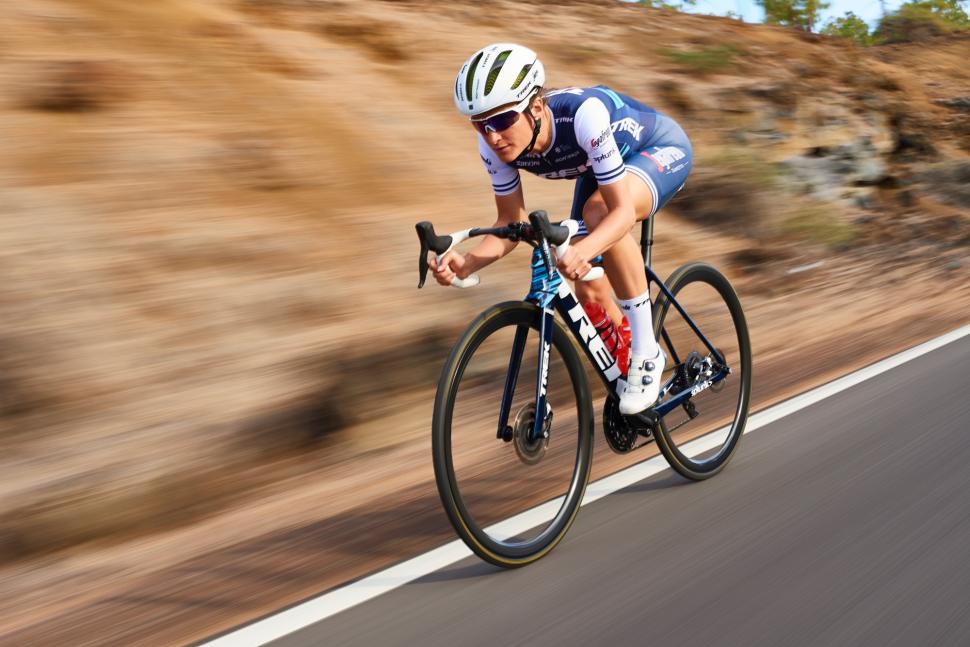
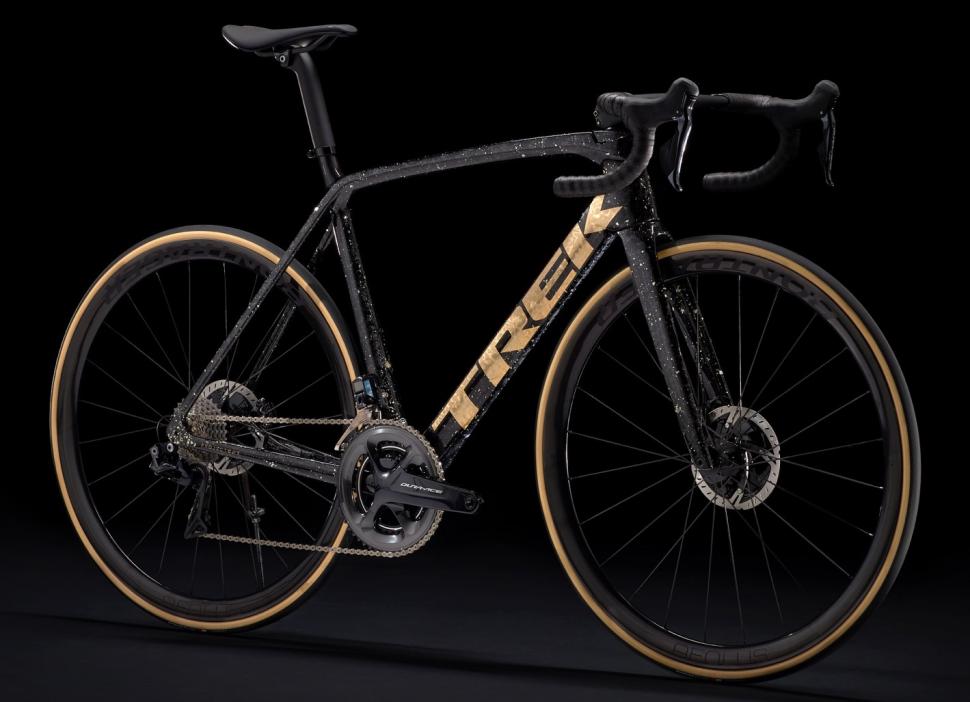
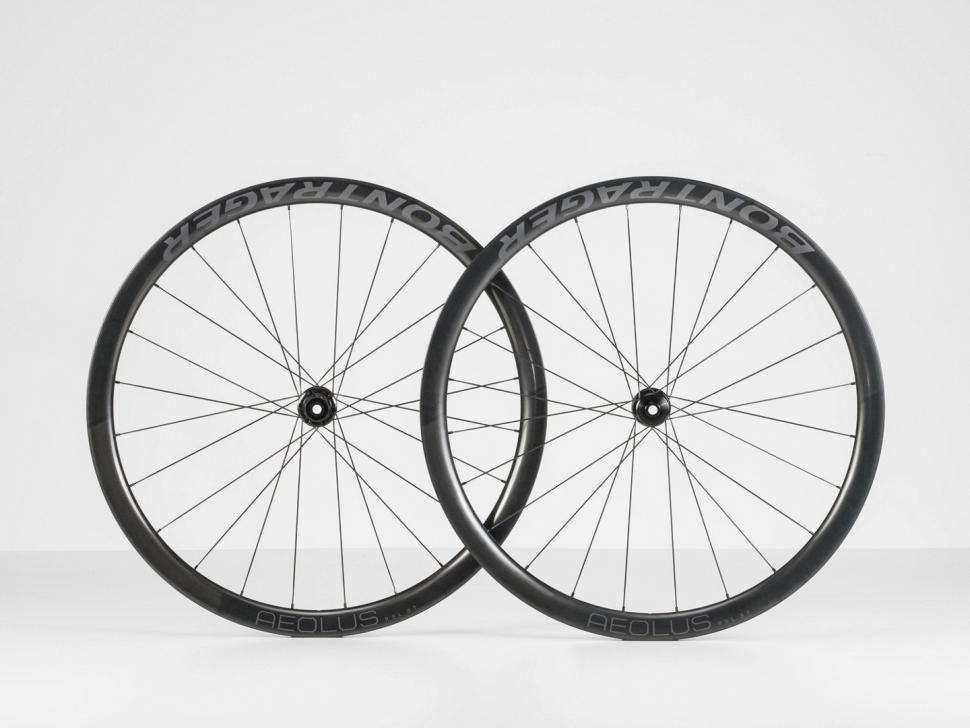
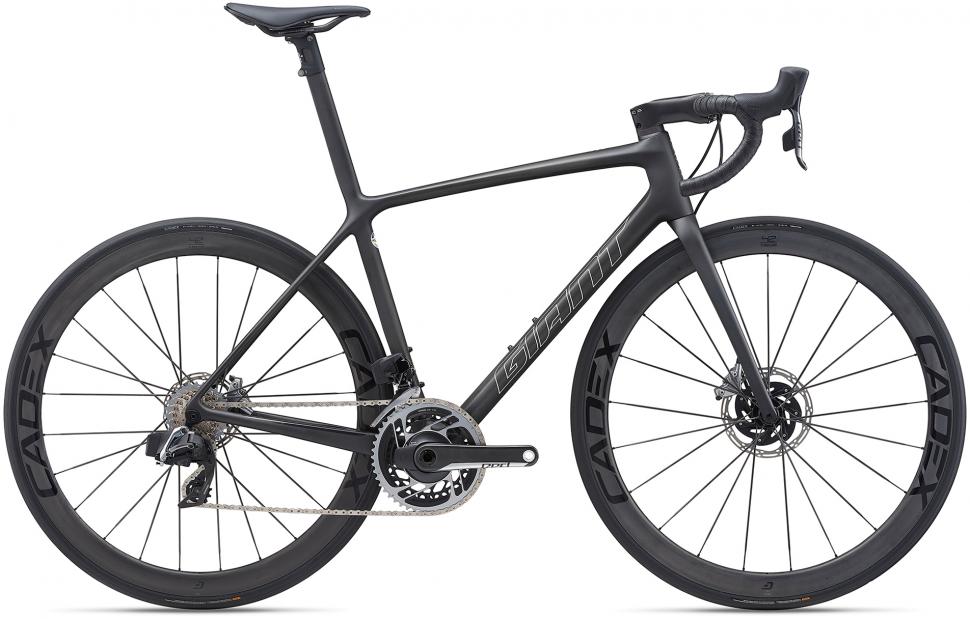

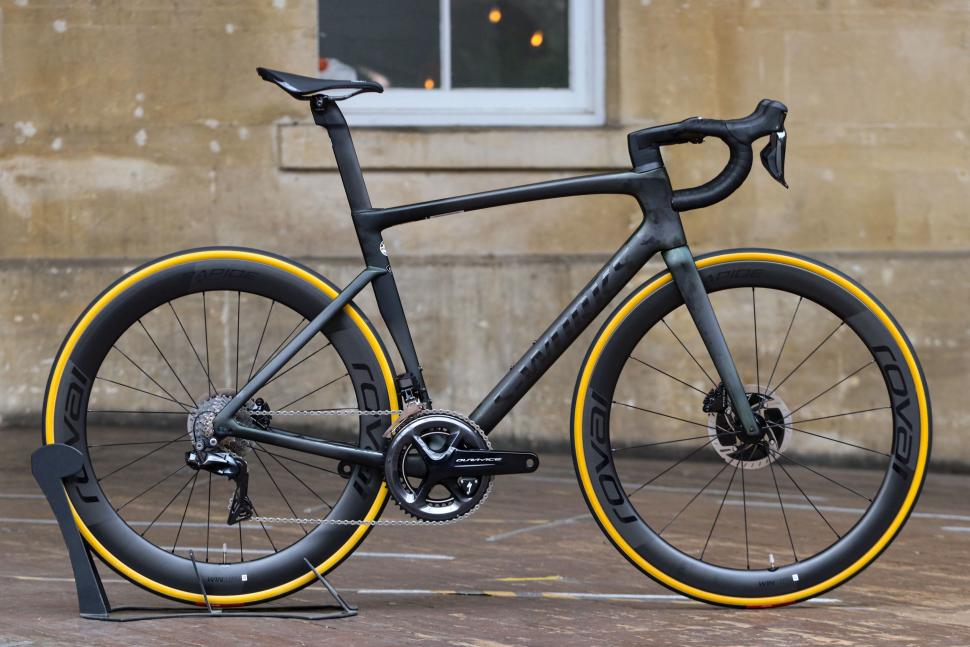
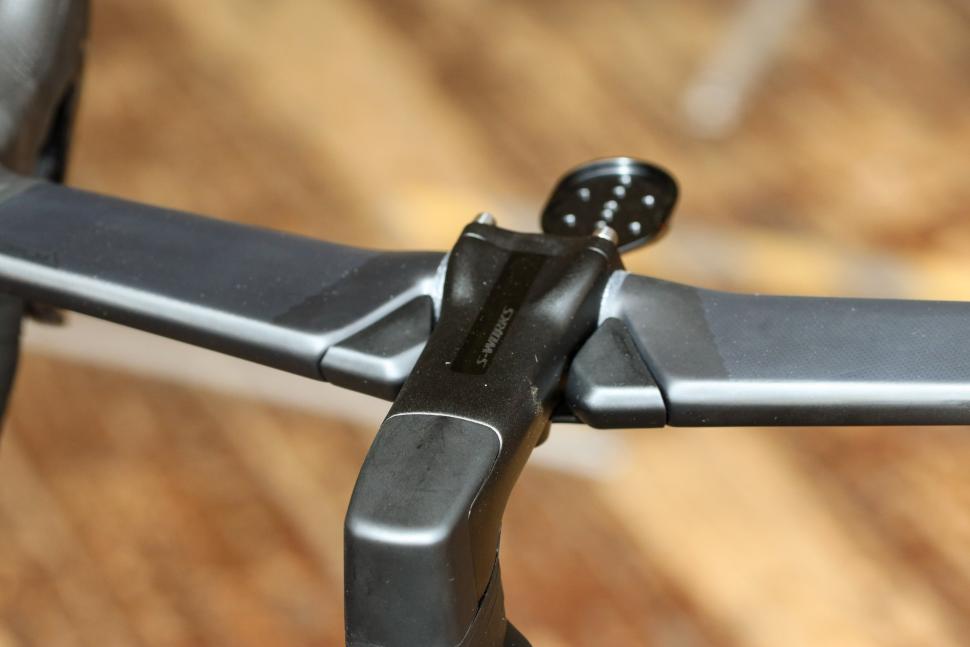
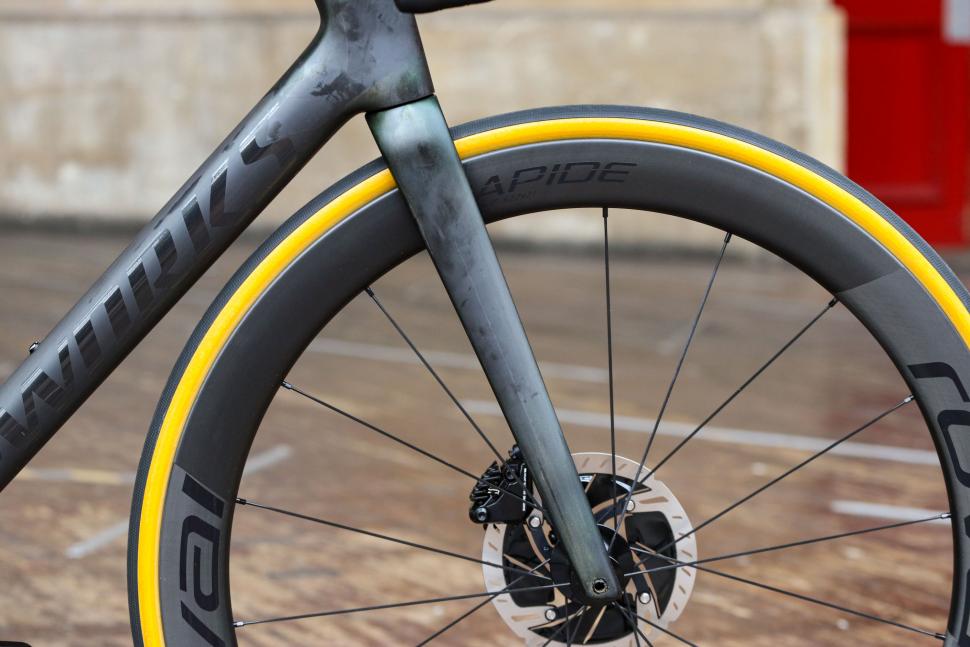
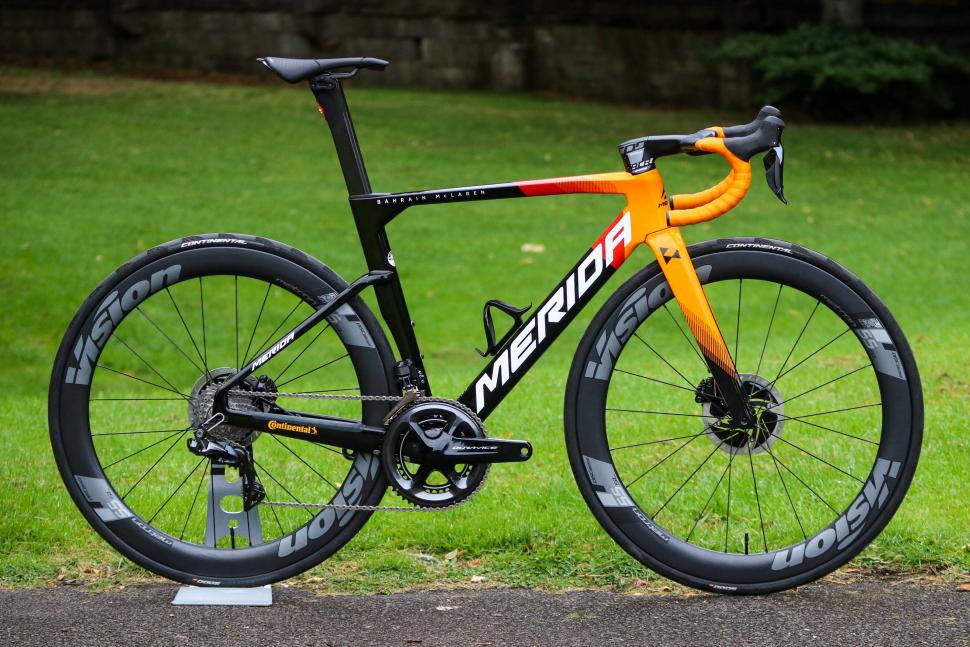


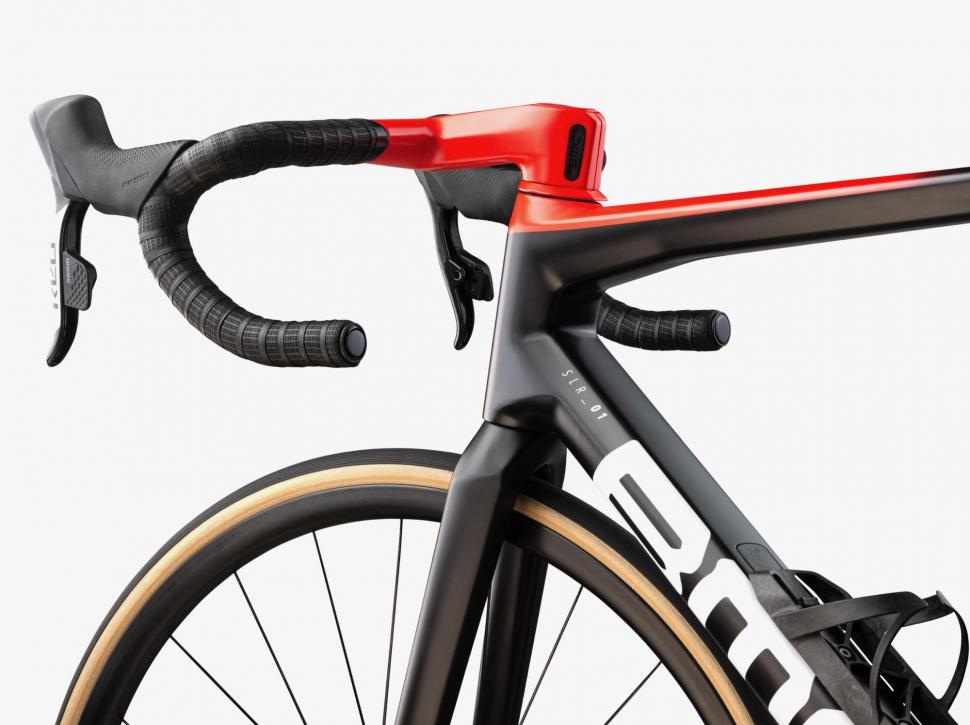
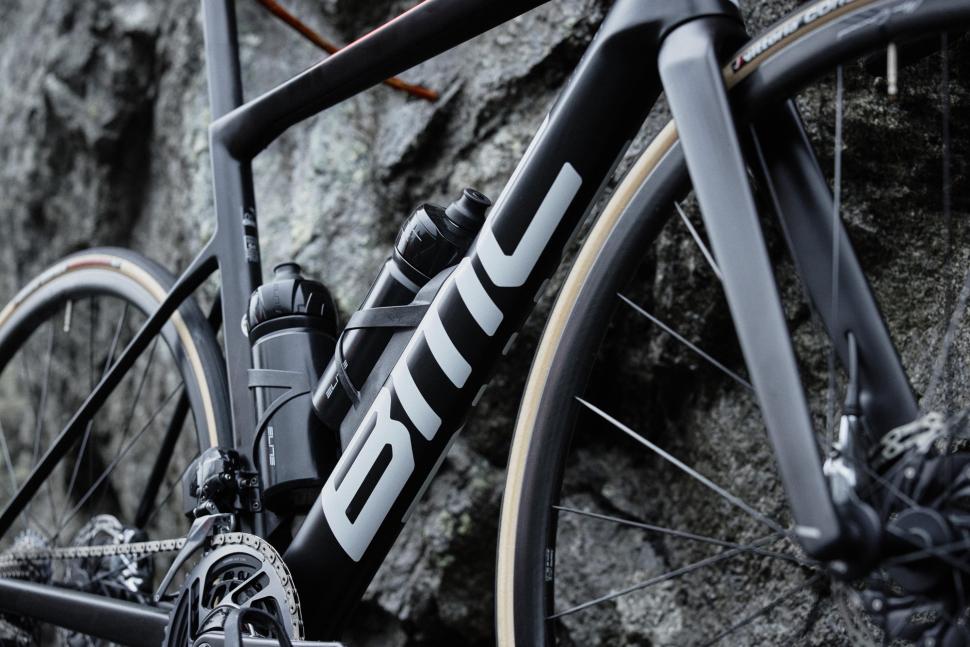

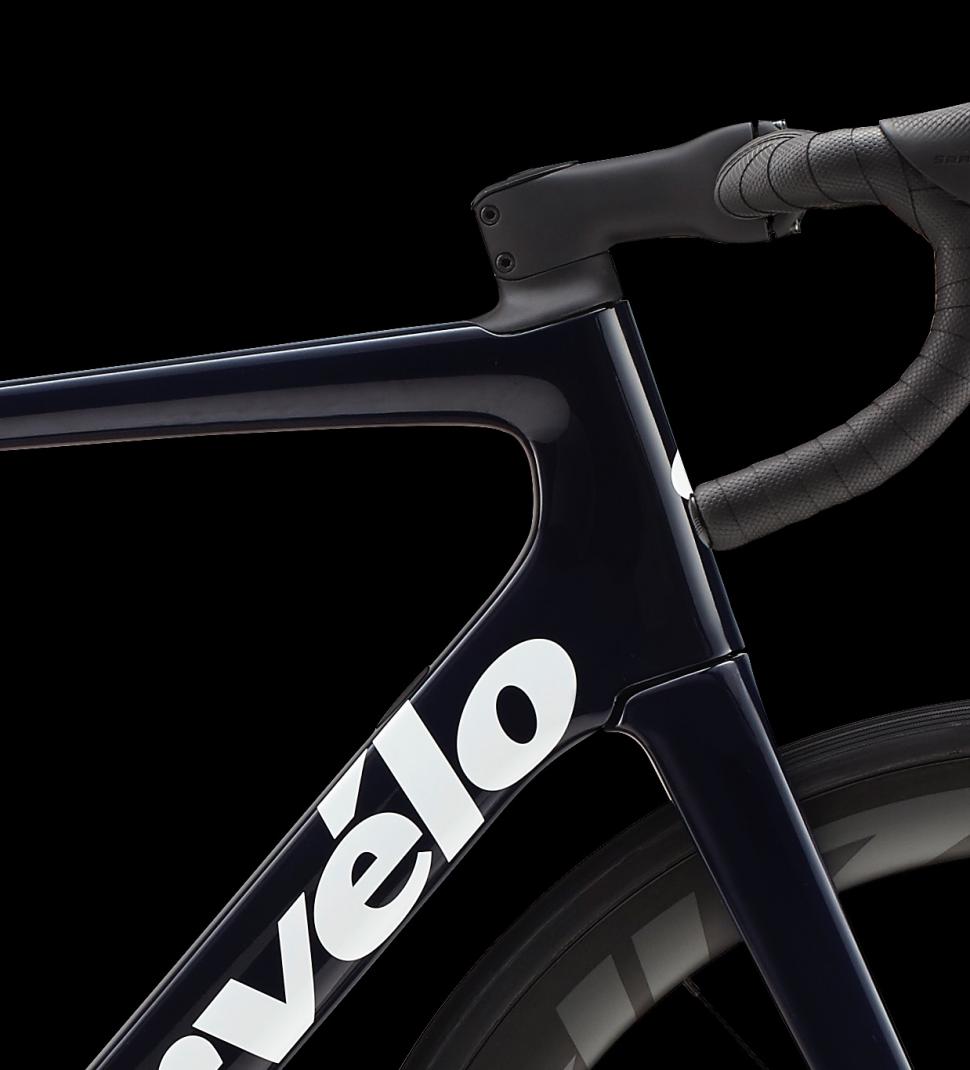
Add new comment
2 comments
All of the aero savings combinedb and the tour will be 51 minutes faster in Paris this year. Who will pay for the lost advertising revenue?
No great shakes really. A bit of a nip / tuck, and new paint so far. I want to see what the new framed mule that's been seen being used by Jumbo Visma is though.